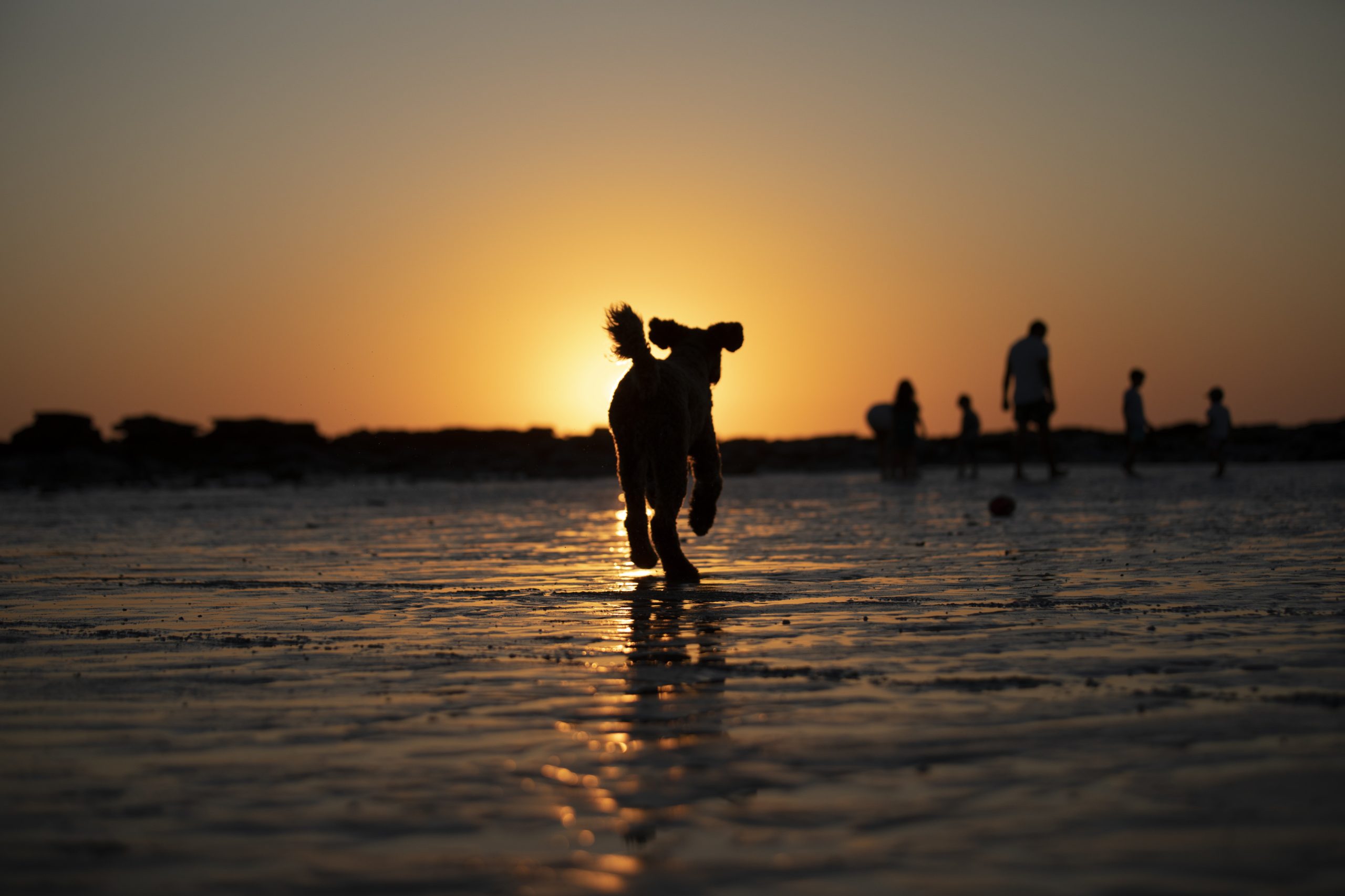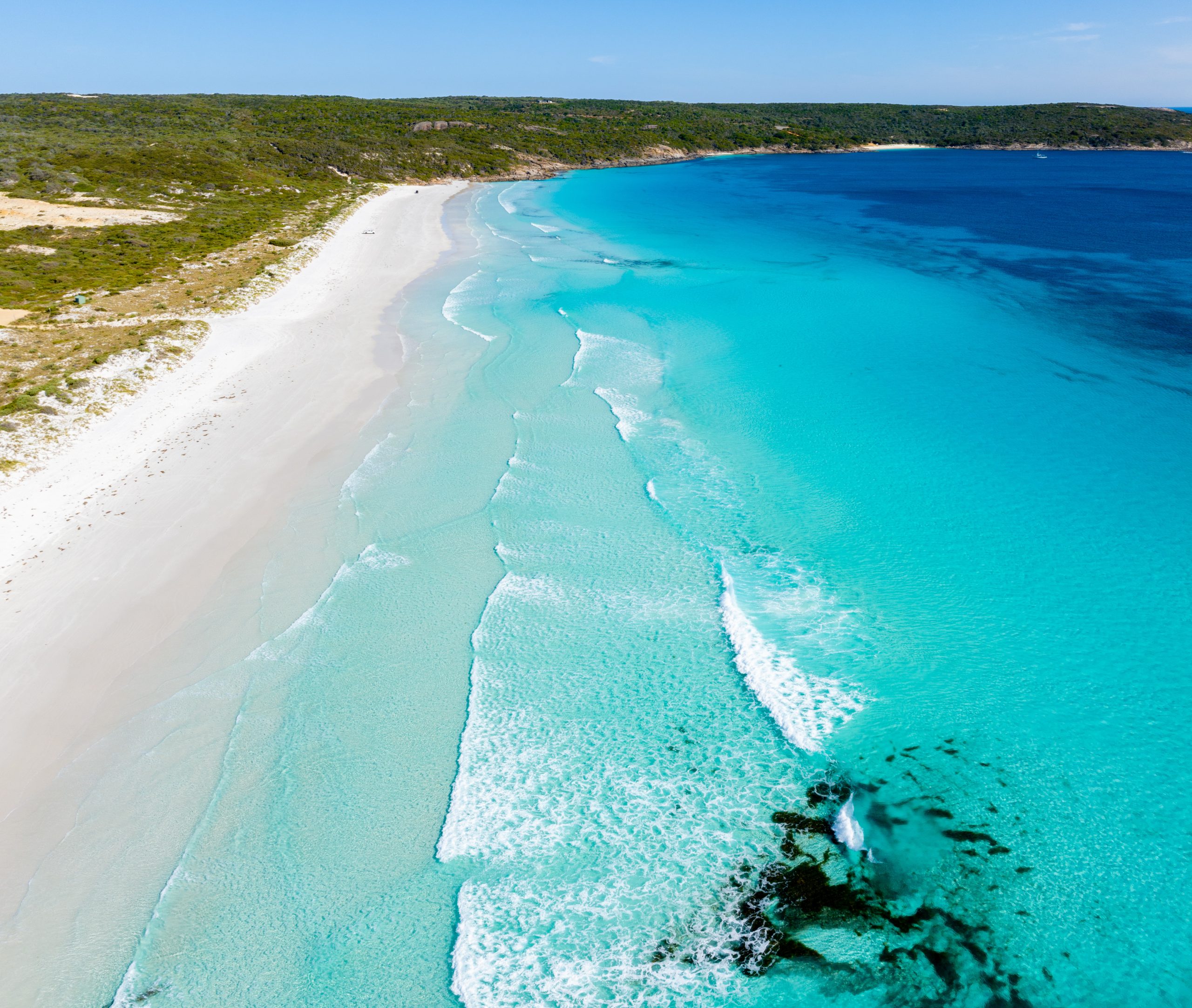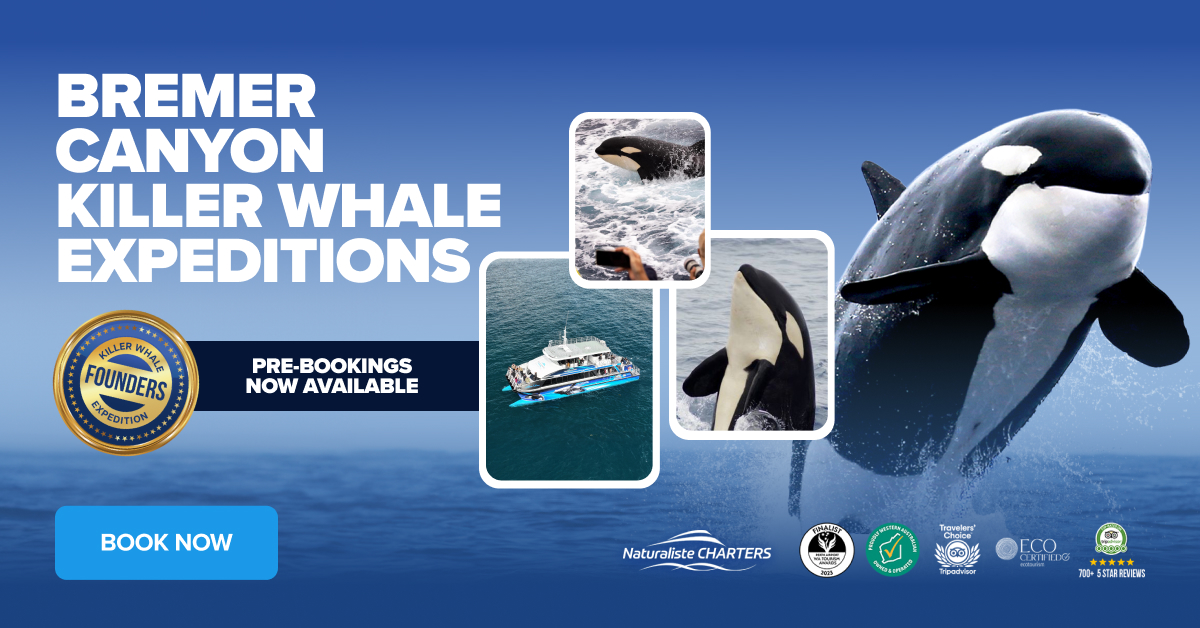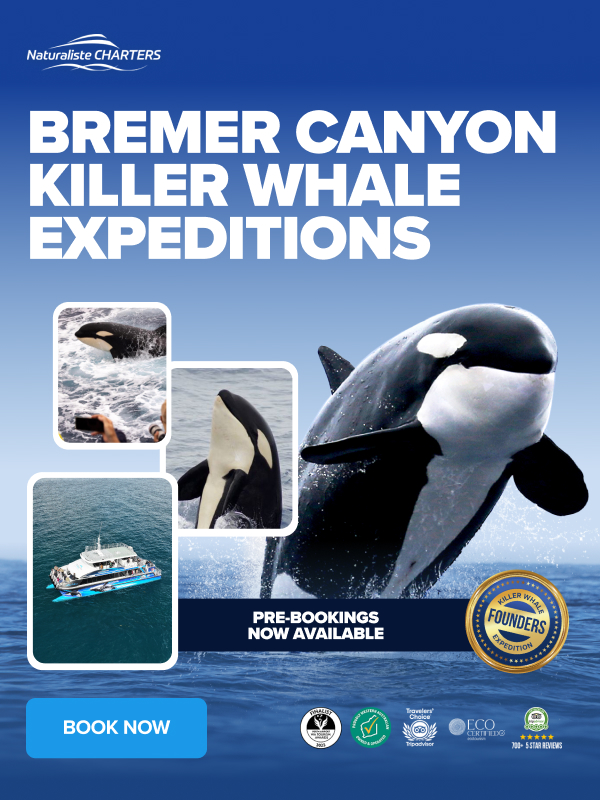Blue Giants and Humpback Highlights
The 2025 Dunsborough whale watching season has been one of the most exhilarating years we have experienced in Geographe Bay. Across the entire spring migration, our crew aboard the Alison Maree recorded numerous sightings of Pygmy Blue Whales, a species that never fails to stop guests in their tracks. Their appearance rate this year has been exceptional, with multiple individuals lingering close to the bay’s sheltered waters and giving passengers rare, extended viewing opportunities.
Seeing a pygmy blue whale glide through the clear turquoise water of Geographe Bay is something you never forget. These animals are immense, yet incredibly graceful. Passengers often go silent when the first blow erupts from the surface. The deep, resonant exhale echoes across the bay, followed by a long, sleek back rolling through the water—sometimes for more than 20 metres. These encounters have become increasing highlights for guests, and our team has been quick to document every appearance for ongoing species monitoring.
Unmatched Humpback Consistency Across the Season
While blue whales added the “wow factor”, the humpback whales dominated the season with sheer consistency. The season began with energy and only intensified as spring progressed. Naturaliste Charters proudly maintained our 98% whale sighting rate, reflecting the reliability and abundance of migrating humpback whales passing through Geographe Bay at this time of year. Mothers and calves took advantage of the calm waters as a resting ground, while juvenile whales often displayed confident and sometimes cheeky surface behaviour right beside the vessel.
Some mornings began with peaceful logging behaviour, with mothers nurturing calves at the surface. Other tours erupted into explosive breaching displays as pods played and socialised across the bay. Tail throws, pectoral slapping, spy hops and rolling interactions were common. Guests and crew alike found themselves immersed in the raw, energetic nature of the southern migration.
Marine Science in Action Aboard the Alison Maree
Our marine biologists have been collecting scientific evidence throughout the season and will continue to record observations right up until our final tour on 25 November. Every sighting is entered into our long-term monitoring database. This helps track migration timing, mother–calf ratios, species presence and health indicators. Many passengers are surprised to learn how helpful their tour can be to ongoing research simply by attending and learning.
The Alison Maree remains central to this monitoring effort. Utilising elevated viewing platforms, crew photography and an experienced team to gather high-quality behavioural data. Our crew work together to capture clear images of dorsal fins, flukes and unique markings, allowing individual whales to be identified and tracked across seasons. These photos also provide valuable insights into body condition, scarring and family associations. Contributing to long-term understanding of the whales who use Geographe Bay.
A Vibrant Geographe Bay Ecosystem
As the season progressed, we also documented interactions with local dolphin pods, seabirds and the occasional Australasian gannet plunging into the water beside feeding whales. These multi-species moments reveal how alive and interconnected the ecosystem of Geographe Bay truly is. Calm days offered crystal-clear visibility right down into the blue. While windier afternoons brought dramatic surface energy as whales rose and rolled in sparkling whitecaps.
Passenger experience continues to be at the heart of what we do. Our tours include expert commentary from trained marine biologists, spacious viewing decks, comfortable indoor seating and access to trip photography captured by our crew. Many guests joined us multiple times across the season. Eager to experience different behaviours on different days and broaden their understanding of the bay’s wildlife.
Bremer Canyon Killer Whale Season Begins
As the Dunsborough season winds down, our focus shifts south to one of the most extraordinary marine wildlife events on Earth—the Bremer Canyon Killer Whale (Orca) season. Each summer, the offshore canyon system draws hundreds of marine predators, including the world’s largest-known congregation of killer whales. By early December the Alison Maree will be moored in Bremer Bay. Ready for daily expeditions through deep, nutrient-rich waters that support intense hunting and social activity.
The orcas return to this region every year, taking advantage of the canyon’s steep drop-offs, powerful upwellings and dense food chain. Their behaviour includes coordinated hunting strategies, complex socialising, feeding events and surface interactions rarely witnessed elsewhere. Guests often experience close passes, spy hops and fluke dives. They encounter other species such as long-finned pilot whales & sperm whales. Beaked whales are a known food source for killer whales as well as blue whales moving along the edge of the continental shelf.
Join us as we close one of Dunsborough’s strongest whale watching seasons to date, or follow the adventure south to Bremer Bay for the world-famous Killer Whale Expeditions.
Book Dunsborough Whale Watching:
https://naturalistecharters.com.au/dunsboroughwhalewatching/
Book Bremer Bay Killer Whale Expeditions:
https://naturalistecharters.com.au/bremercanyonkillerwhales/





